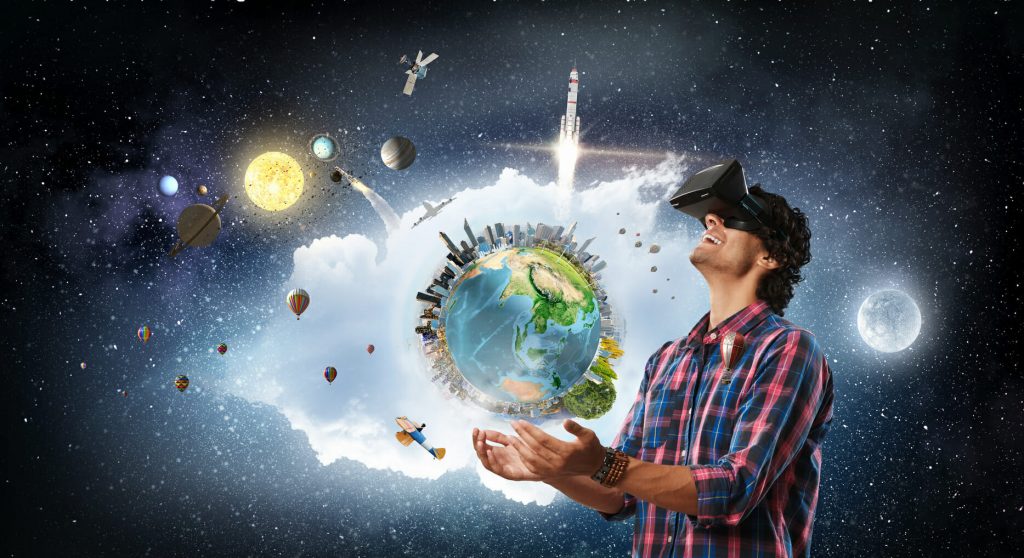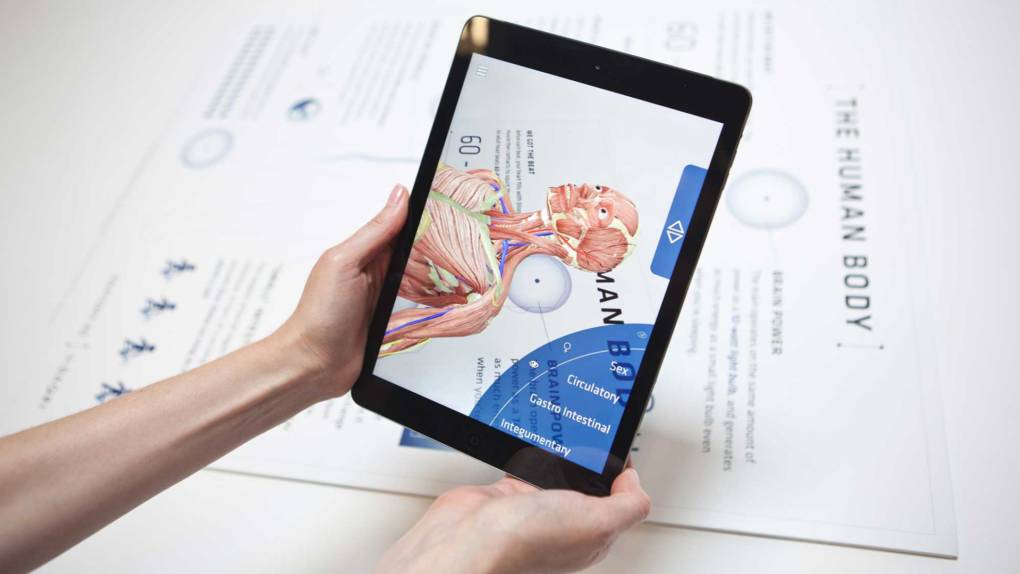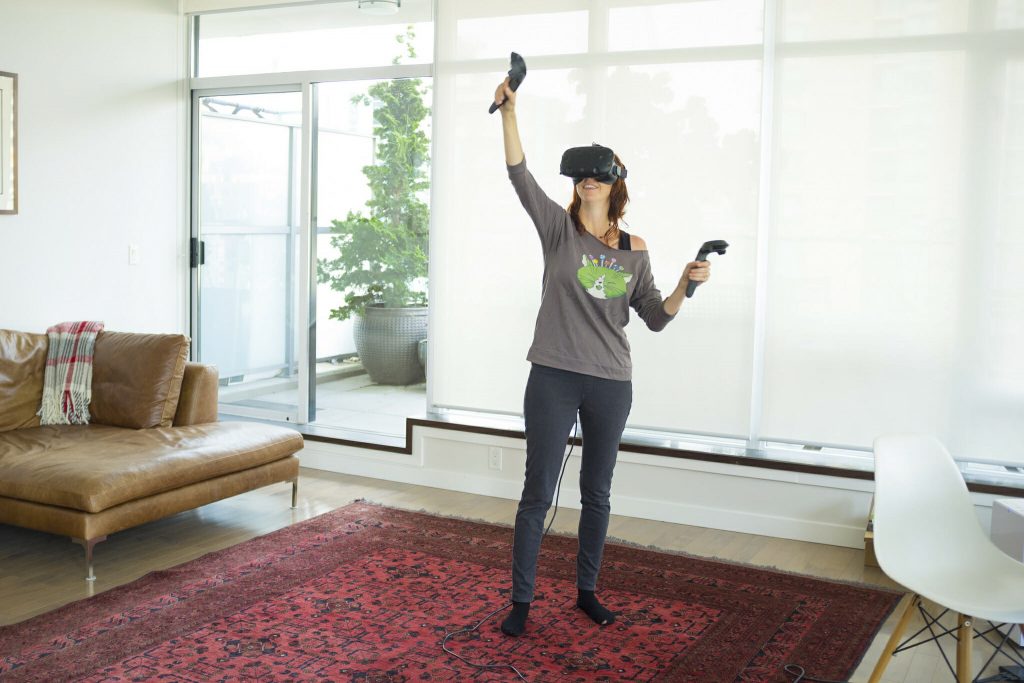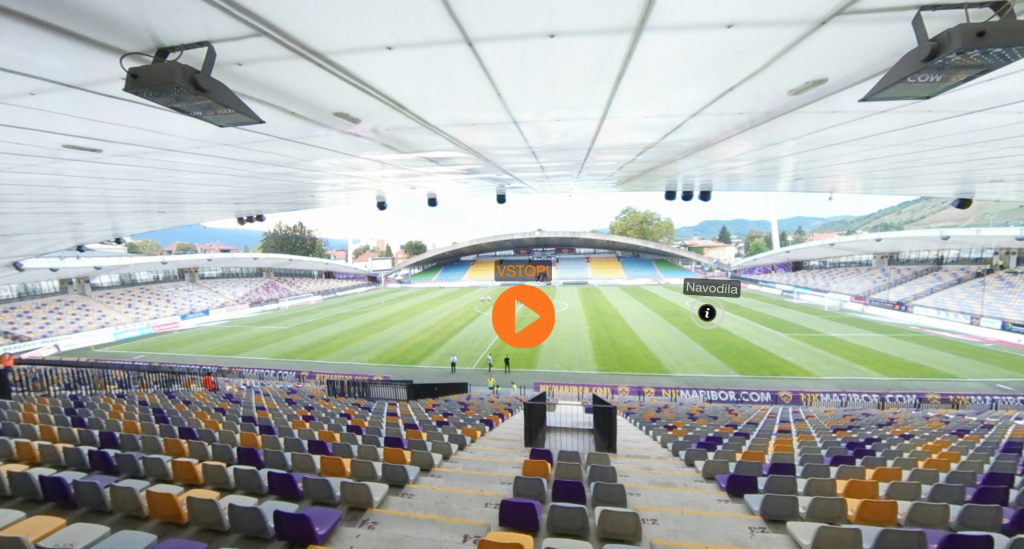It seems that the future of education is here and it takes the form of blended learning. Blended learning is, you’ve guessed it, a blend between e-learning and traditional classroom setting. It is a fact that blended learning represents a true change in the learning environment. It is becoming quite widespread and it is being used also in professional development and in training. There are many technologies that enable blended learning. As the technologies develop, the concept of such learning develops, too. It is safe to assume that in the future, blended learning will include many more technologies into its fold. But what might they be? Here is a list of the 5 futuristic technologies to support blended learning.
The benefits of blended learning
Aside from being flexible in terms of place and time, blended learning offers access to materials on par with the students’ knowledge, as well as global resources. In addition, students can track their progress, and learn through numerous activities which cater specifically to learning styles. Blended learning also has the added note of self-pacing, which is quite useful for stress reduction, as well as information retention.
Practice has shown that students are focused for longer periods of time when engaged in blended learning. It increases their interest and allows them to take charge of their own learning process. Also, students obtain various skill sets that they will later be able to apply in real life.
It is because of these benefits that the technological world is looking to intertwine more with education. The tech world has realized that its products, such as virtual reality, can aid learning significantly. And that is a chance that it simply cannot miss. It is now developing futuristic technologies that will soon become ingrained in the entire structure of learning.
Futuristic technologies to support blended learning
It seems like one of the basic tenets of modern life is that technology is always progressing. Constantly, we see a rise of tech innovations that will change industries. And, the best part is, today’s teachers get to experiment and discover how to introduce them into the learning environment for the benefit of all. It may seem like futuristic technologies to support blended learning are truly centuries away, but that’s not true! They’re here and they’re ready to help both students and teachers!
Virtual reality
As one of the most known advances of humankind, virtual reality creates a completely immersive experience. Because of the immersive experience, virtual reality is one of the most useful technologies to support blended learning. It enables students to truly experience other worlds, cultures and learn from those experiences. Students could come into contact with other cultures and countries in a safe way. They could also go back in time, experience life under the ocean or experiment in a lab. Another great advantage of virtual reality in education is that it can help make a significant step towards greater inclusion. It can enable the full participation of students with learning or physical challenges. The hardware side of virtual reality has also become more accessible, thus enabling more people to start leveraging this medium for blended learning in corporate training.

Augmented reality
The only difference between virtual reality and augmented reality is the background. Namely, virtual reality is completely immersive, while augmented reality uses the real-time environment to add digital information. This can be useful in spatial learning, language instruction, and even book reviews. Augmented reality is great for the motivation of students as it allows for collaboration and shared educational experiences. There are even options now to mix augmented reality and virtual reality, as the virtual reality field continues to develop. However, even as one of the best futuristic technologies to support blended learning, augmented reality has one flaw. Namely, students could be easily distracted by the virtual information.
Artificial intelligence
Even today, there are many examples of the widespread use of artificial intelligence, and we don’t even notice it. What about the tiny, adorable Roombas or even Siri and Alexa? Those are all instances of artificial intelligence, believe it or not. Namely, we use this term for machines that learn, that is, that adjust with regard to new information in order to perform their task.
Artificial intelligence could provide students and teachers with immediate resources that they need when they need them. Also, it could mean a lot in personalizing learning. Namely, it could analyze the students’ responses to digital programs. Then, it could determine areas of interest or areas where the student needs more help. Yet another great way of applying artificial intelligence in blended learning is to use it to establish a connection with peers. Students could get in touch with their peers from all over the world, which would significantly aid their language skills.
Biometrics
Yes, when someone mentions biometrics, we all automatically imagine something out of a spy movie. And really, the security industry usually uses biometrics, since biometrics is used to measure human characteristics. The whole idea behind biometrics is that the parts of us that are unique can authenticate identity – fingerprints, iris patterns, voice or facial recognition.
However, biometrics could be precisely one of the vital futuristic technologies to support blended learning. For instance, eye-tracking could provide feedback for teachers on how students understand the content and how they absorb it. In blended learning, it could inform the teacher how effective the course is and how to possibly alter it. If perfected, this could create a learning environment in which the curriculum is individual-based. Then, the teachers can adapt it to the needs of the individual student.
3D printing
It seems like 3D printing has really taken off, and many more uses will be found in the future! Even now, many teachers across the globe claim that a 3D printer is a must-have in every classroom. For instance, engineering students would benefit greatly from this technology. They can make mini-models and hone their design before making their desired prototype. This futuristic technology will also be useful in building complex concept models, such as molecular structures and configurations. This enables students to grasp abstract thoughts better.





